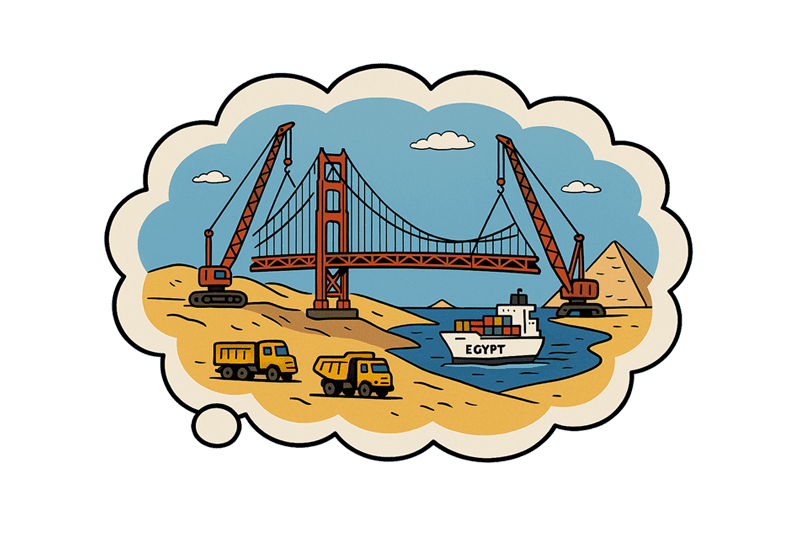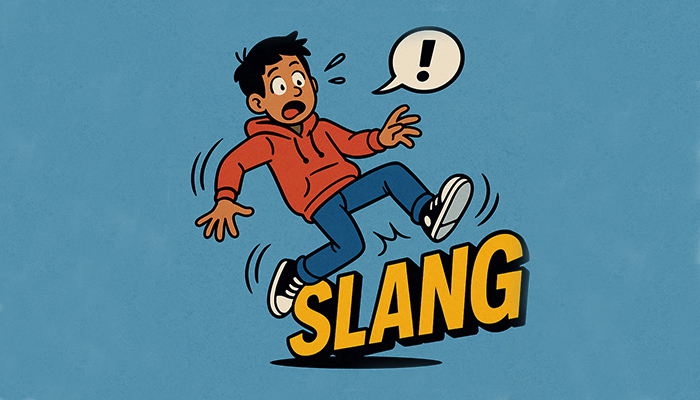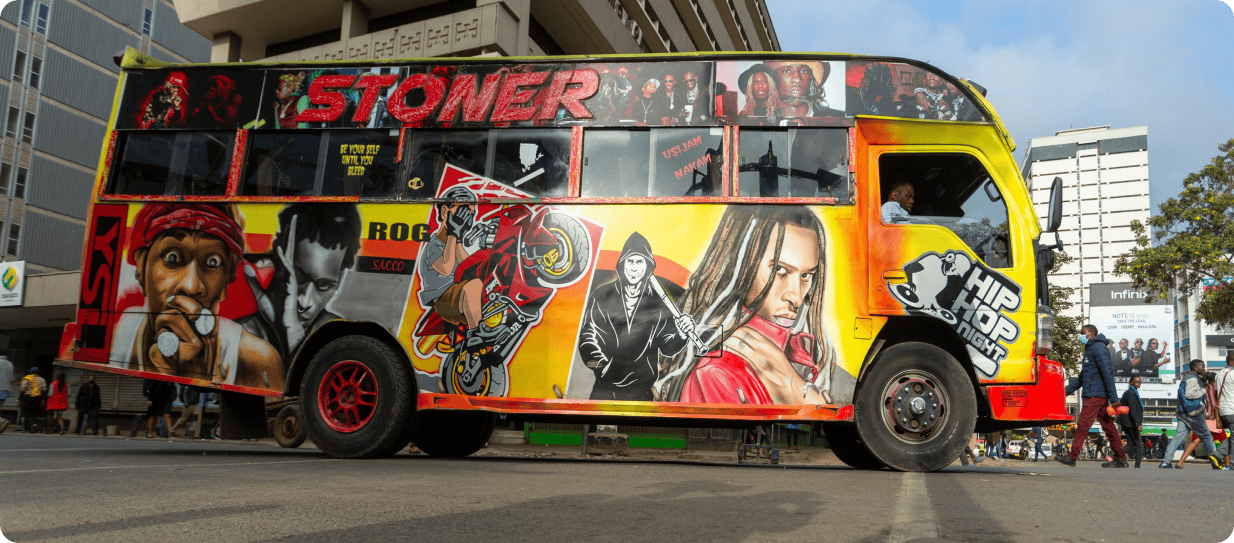Document translation Translation Services
How to Get Your Content Ready for Translation: A Practical Guide

When it comes to translation, preparation is everything. Clients often spend hours or even days crafting materials only to discover they’re unsuitable for translation, costing more time, money, and effort to fix. The good news? Avoiding these pitfalls is simpler than you might think. This guide will walk you through the do’s and don’ts of preparing your content for translation, helping you save resources and achieve high-quality results.
Why Preparing Your Content Matters
Providing poorly prepared materials can create unnecessary delays, drive up costs, and lead to errors. By taking the time to prepare your content properly, you can make the process smoother, quicker, and more cost-effective, without compromising quality.
Common Sources of Content and Their Challenges
Spreadsheets
Spreadsheets can be a powerful tool for managing translation content, but they’re often overcomplicated. Issues like multiple hidden columns, embedded codes, and notes mixed with the text can disrupt Computer-Assisted Translation (CAT) tools, leading to extra processing work.
What works: Provide a clean, well-structured spreadsheet with dedicated columns for the source text and the translation. Avoid embedding instructions within the cells; instead, use separate comment fields or an accompanying brief.
PDFs
Although we can save PDF files as Word documents and translate them, the formatting will often be all over the place. If you want the same formatting preserved, the design will need to be recreated in page layout software like InDesign first, which increases both the timeline and costs. Planning ahead and providing the original editable files can save significant resources in the long run.
What works: Share the original editable files (e.g., Word, InDesign, or PowerPoint) alongside the PDF if you want to preserve formatting. If you’re unsure, consult your translation agency before preparing materials.
Websites
Translating a website doesn’t mean translators log into your CMS and work directly in the backend. Without access to essential tools, this method is costly, time-consuming, and prone to errors.
What works: Export website content into localisation-friendly formats like XLIFF or CSV. These file types allow translators to work efficiently while keeping the structure of your website intact. For more complex projects, consult a website translation agency to handle the technical aspects.
Brochures and Marketing Materials
Marketing materials often require a specific tone and layout, but supplying non-editable PDFs or asking for translations to fit a rigid design can create challenges.
What works: Provide editable files (e.g., InDesign, Word) and let your translation partner know if transcreation, adapting content creatively for cultural relevance, is needed. A professional transcreation agency can ensure your marketing message resonates globally.
Hardcopies and Scans
Hardcopies or poor-quality scans can create significant barriers for translators, requiring manual transcription or text extraction.
What works: Whenever possible, digitise documents in a high-quality, editable format. If this isn’t feasible, reach out to your translation provider to discuss options.
What Not to Do: Real-Life Pitfalls
- Overcomplicated Spreadsheets: A client once supplied a spreadsheet with dozens of hidden columns, notes, and embedded codes. Extracting the translatable text took hours—time that could’ve been avoided with better preparation.
- Machine-Translated Subtitles: A recent project involved subtitle files generated using a free tool. These files were riddled with errors, character limits exceeded, incorrect line breaks, and required a complete overhaul. Providing the video files for proper transcription would have saved time, improved quality, and ultimately reduced costs, as correcting the poor translation ended up costing more than starting with the video file.
- Mixed Content Files: PDFs with mixed editable and non-editable text sections often lead to confusion and inefficiencies. Clear, editable content is always the better choice.
How to Prepare Your Content for Translation
- Stick to Plain Text: Provide content in editable formats such as Word, Excel, CSV, XLIFF or other XML formats such as IDML for InDesign files.
- Highlight What’s Needed: If not all the text is required, clearly indicate the text for translation and exclude unnecessary content.
- Avoid Embedded Notes: If notes are necessary, place them in a separate file or comments section.
- Plan for Subtitles: Ensure accuracy by sharing video files with your agency rather than pre-translated subtitles.
- Consult Your Agency Early: Before preparing your content, ask your translation provider for advice. A quick discussion can save hours of work and reduce costs.
The Cost of Poor Preparation
Preparing your content improperly can derail even the best-laid plans. Unnecessary back-and-forths to clarify instructions, added costs for reformatting, and delays to meet tight deadlines are just some of the risks. Remember: the more time and effort you invest in preparation, the smoother the process will be.
Need Help? We’re Here for You
Brightlines can translate whatever you throw at us, but the right preparation can save you time and money. Whether it’s document translation, how to translate an InDesign file, or website localisation, our team is here to guide you every step of the way.
Get in touch with Brightlines today to make your content translation-ready and ensure your global communications are a success.








